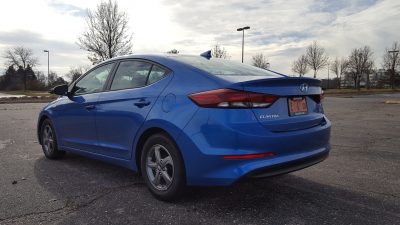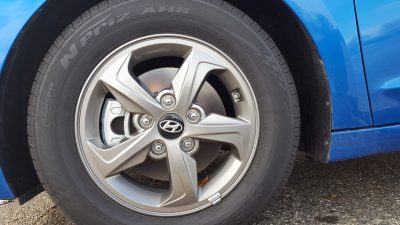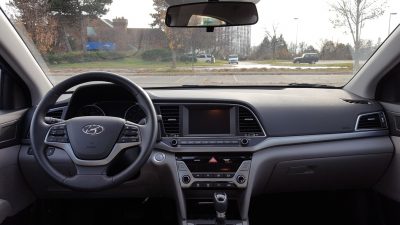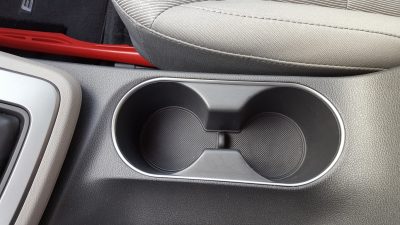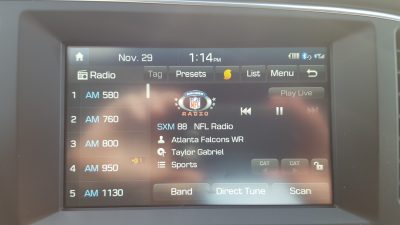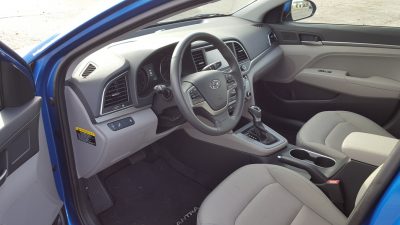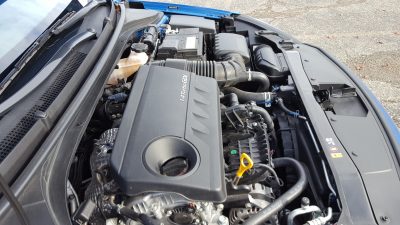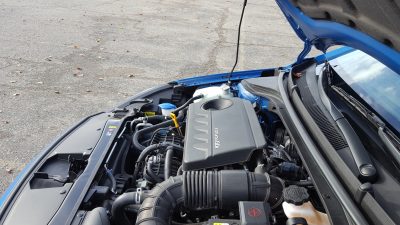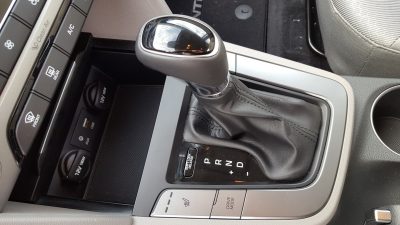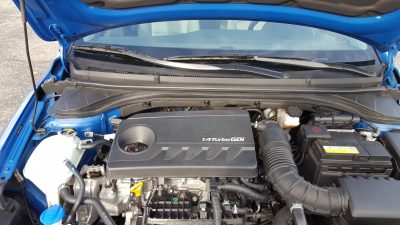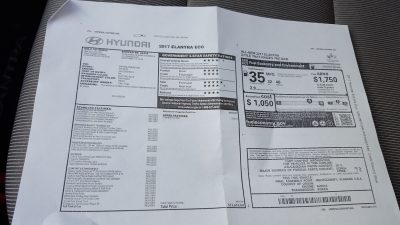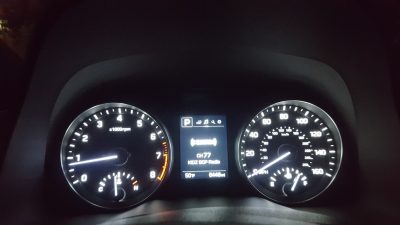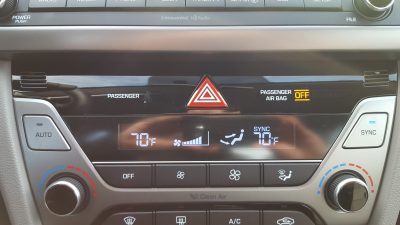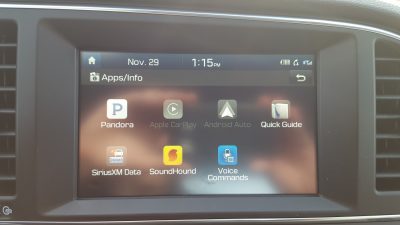With the recent resurgence that Hyundai has undergone the past few years, its truly remarkable just how much progress the brand has made over the last 10 to 15 years. Once known for making cars that excelled at being cheap reliable transportation (and not much else,) the current lineup has evolved to offer customers a premium driving experience, while still being a great value for many budgets. This was apparent in the 2016 Hyundai Sonata Limited Turbo we recently tested, but how has this sweeping change affected the more mainstream oriented Hyundai Elantra? and can it repeat the same levels of success that the first generation Elantra enjoyed?
The exterior styling of our Electric Blue test car still retains the basic fluidic design language that defined the first generation Elantra, but Hyundai designers have made several revisions to further refine the design which include a new front grille tweaked headlights, as well as sharper looking tail lights. The car certainly did a good job drawing attention from passersby and when compared with comparable entries such as the Chevrolet Cruze and the Honda Civic, the Elantra has a higher level of sophistication that neither car can match. However, this did not translate to superior night time illumination with our tester’s projector headlights offering only moderate levels of brightness. Higher grade Elantra’s offer HID units, which should solve that minor issue, but we were pleased with the LED daytime running lamps which helped add a splash of elegance to the car’s lines.
The interior of our tester also retains the premium appointments that helped make the Elantra a sales success for the South Korean car giant. Plastics were pleasing to the touch, and our tester came equipped with goodies such as heated front seats, dual-zone climate control, and a 7-inch touchscreen infotainment system with built in satellite radio and Apple CarPlay and Android Auto capability. Our tester featured cloth seats, and while they were in desperate need of more side bolstering, they were very comfortable and proved to be very welcoming especially on long road trips. Interior ergonomics were also a strong point in our tester with many buttons and switches within easy reach of occupants.
However the Eco’s biggest claim to fame is not so much in its fuel economy numbers (more on that later) but rather, its unexpected ability to be a spirited car to drive around town. In a segment where many green car entries tend to sacrifice fun attributes for fuel saving blandness, Our tester proved to be a notable exception to the rule. Power comes from a 1.4 liter turbocharged four cylinder engine which makes a commendable 128 horsepower. However, it’s the 158 lb-ft of torque that is the highlight figure, and it helps give the Elantra Eco strong acceleration manners, especially when leaving a stoplight or merging onto the freeway.
A seven speed dual clutch automatic transmission is the sole choice here, and is a mixed bag in overall execution. While it proves to be a commendable partner out on the open road, it shows its frugal intentions in low speed maneuvers where it sometimes caused our tester to leap rather than creep forward from a stop. This proved especially annoying in tight parking situations like a parking garage or on our steep driveway. Handling in our tester was secure and composed which made up for the vague feedback from the leather wrapped steering wheel, as well as the distinct on-center dead spot.
As mentioned earlier, the 2017 Elantra Eco also excels in delivering good amounts of fuel economy. Unlike the last generation Elantra which got Hyundai into trouble with the EPA due to its misleading 40 mpg highway rating (it was adjusted to 38 mpg after the bust) the Eco uses the tweaks and changes that the 2017 model year brought to the Elantra to actually achieve this goal. While our round of testing didn’t hit this target, we did manage to get 2 mpg more than its combined 35 mpg rating which is quite impressive.
Pricing for the 2017 Elantra starts at $17,150 for the base 2.0 liter SE model with the six speed manual transmission. Elantra Eco models like our tester start at $20,650 with $125.00 carpet floor mats and the $835 destination fee raising our total to $21,610. This is a reasonable price tag, and allows the Elantra to go toe to toe with segment mainstays, while still providing buyers with a healthy list of standard equipment and modern style.
With the recently revamped Chevrolet Cruze, Ford Focus, and Honda Civic out in the marketplace, the 2017 Elantra will have a much more formidable set of hurdles to overcome in the hotly contested compact car segment, but for buyers that like to have technology, style, and boldness in their car purchase the Elantra is a strong contender that cannot be ignored.

Carl Malek has been an automotive journalist for over 10 years. First starting out as a freelance photographer before making the transition to writing during college, his work has appeared on numerous automotive forums as well as websites such as Autoshopper.com.
Carl is also a big fan of British vehicles with the bulk of his devotion going to the Morgan Motor Company as well as offerings from Lotus, MG, and Caterham. When he is not writing about automobiles, Carl enjoys spending time with his family and friends in the Metro Detroit area, as well as spending time with his adorable pets.



